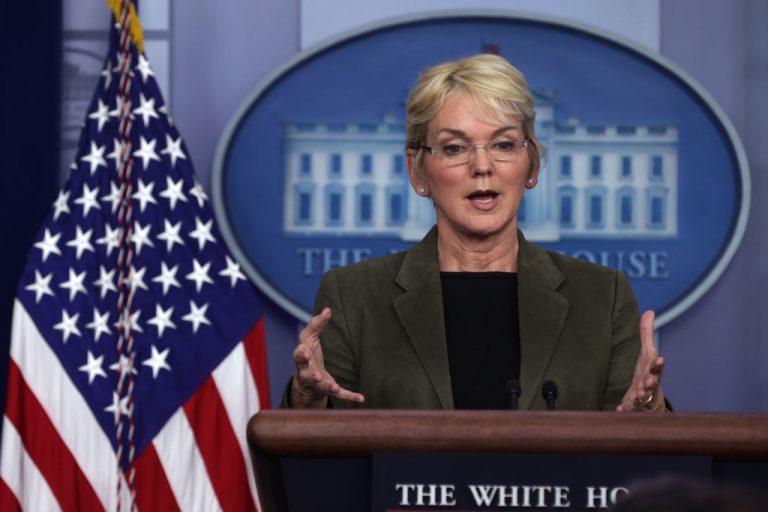The United States, which has been battling the fastest increase in inflation in three decades has witnessed the prices of many commodities increase. With crude oil prices having reached seven-year highs, consumers are feeling the pain ahead of the holiday season.
In a bid to bring energy costs down, the Biden administration declared on Nov. 23 that it would release millions of barrels of oil from its Strategic Petroleum Reserve (SPR) in collaboration with other nations including India, Japan, and China.
By planning to release 50 million barrels from its stockpile in the form of pre-approved sales as well as lending to the market, the United States has made the biggest commitment. However, China, the largest importer of crude oil in the world, has so far not committed to any oil reserve release.
India has announced that it would release five million barrels while Japan said that it would release “a few hundred thousand kilolitres” from its reserves. South Korea is yet to provide details of its plans. On Nov. 24, Beijing announced that the country will release its oil reserves according to its needs.
Following reports of coordinated action and the emergence of a new COVID-19 variant dubbed “Omicron”, crude oil prices have been plunging for several days. However, as Washington drew on its strategic reserves, oil prices rose three percent on Tuesday. Brent crude dropped six cents to end at $82.25 a barrel on Wednesday. Demand for oil plummeted early in the pandemic but has risen sharply this year.
Success
You are now signed up for our newsletter
Success
Check your email to complete sign up
Some experts have raised concerns as to whether Washington’s coordinated action might force OPEC and its allies to go back on the current agreement to increase production by 400,000 barrels per day every month. However, three sources told Reuters that the group is not deliberating that.
Louise Dickson, Rystad Senior Oil Markets Analyst, said, “The market seems to believe in OPEC+ to keep oil balances tight more than it believes in the transitory nature of an SPR release.”
Pleas to pump more oil have been turned down by OPEC+, which is comprised of Saudi Arabia and other U.S. allies in the Gulf as well as Russia. The group will convene on Dec. 2 for policy discussion but has shown no signs of changing its strategy. OPEC has been facing difficulties in fulfilling its objectives under its contract to steadily raise production and there are concerns that a re-emergence of COVID-19 cases could see demand going down.
Iraq’s oil minister Ihsan Abdul Jabbar said on Wednesday that the group is examining whether oil markets are stable. Before coming to a resolution on the supply, the group needs to analyze the latest data.
The International Energy Agency (IEA), a Paris-based watchdog, used to monitor multi-country releases from reserves. The IEA plays no part in dictating the prices but the head of the agency is aware that some producers have been curtailing supply.
“Some of the key strains in today’s markets may be considered artificial tightness … because in oil markets today we see close to 6 million barrels per day in spare production capacity lies with the key producers, OPEC+ countries,” IEA head, Fatih Birol said during an online presentation.
Oil prices have risen by over 50 percent this year. The coordinated oil reserve release involving the United States and major Asian oil consumers is the first of its kind and is said to be a warning to OPEC nations to boost production and control the surge in the oil prices.














